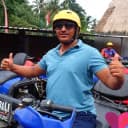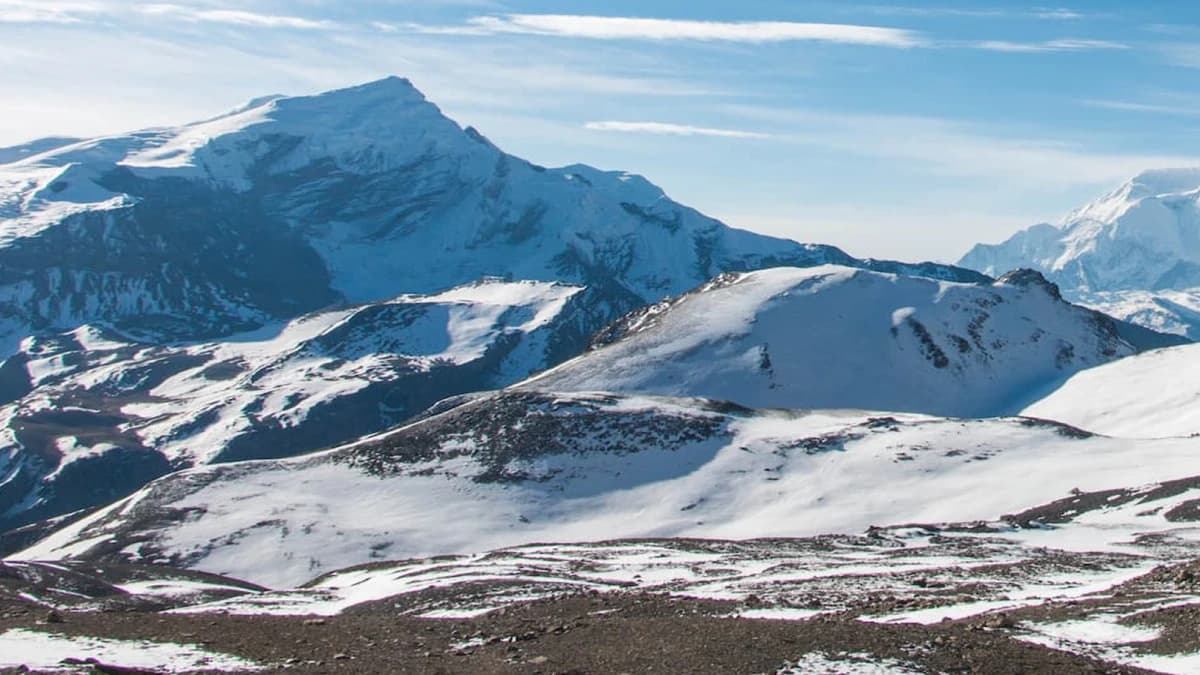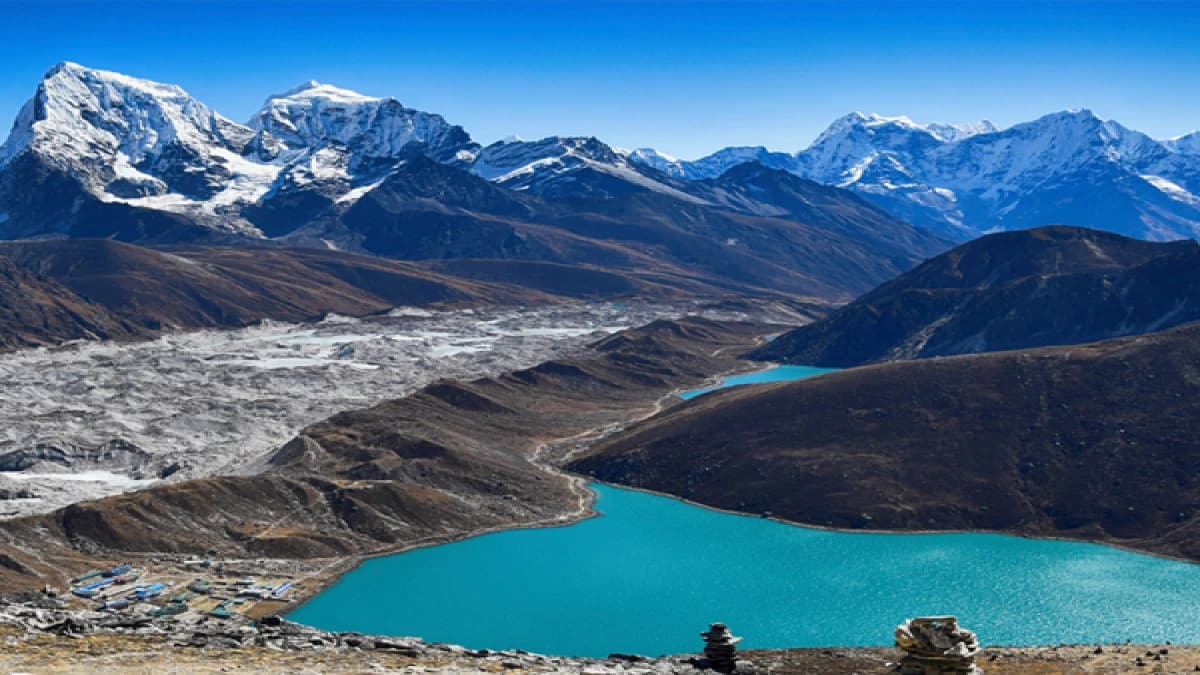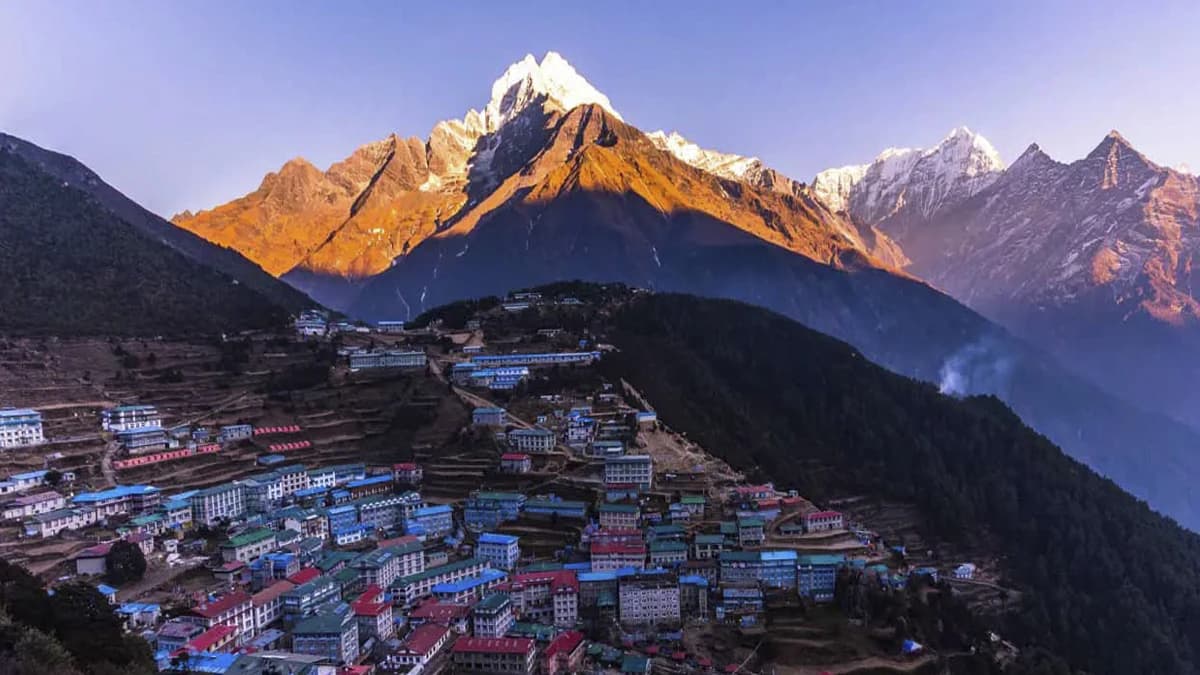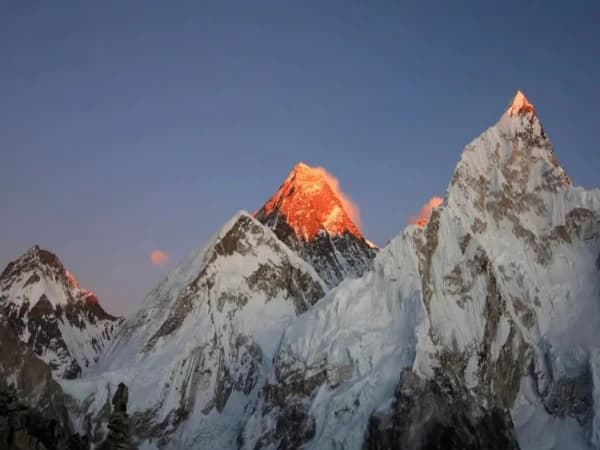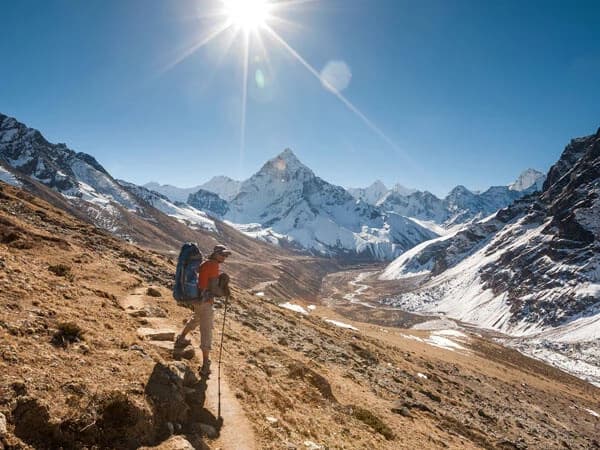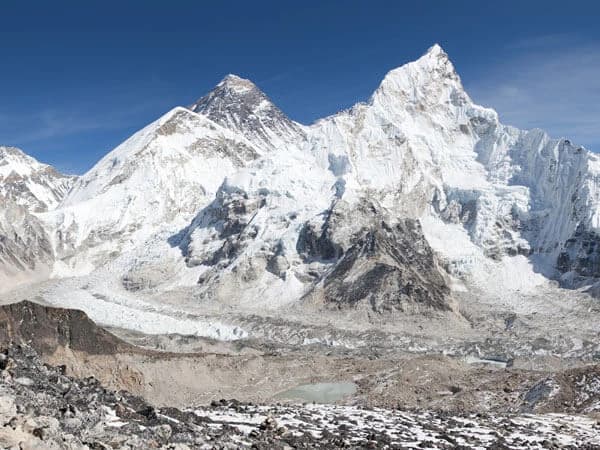A 14 Days Scenic Himalayan Journey in Everest
The Gokyo Valley Trek is one of the most beautiful and peaceful trekking routes in the Everest region of Nepal, perfect for trekkers seeking a quieter alternative to the busy Everest Base Camp Trek. This 14 days Himalayan adventure combines breathtaking alpine scenery, turquoise glacial lakes, and rich Sherpa culture, making it one of the best treks in Nepal for those looking for both adventure and serenity in the Khumbu region.
Nestled deep inside the Sagarmatha National Park, the Gokyo Lake Trek in Everest takes you through pristine landscapes of snow-capped peaks, lush valleys, and traditional mountain villages. Unlike the classic EBC trail, this route follows a more tranquil path, allowing trekkers to immerse themselves in the untouched wilderness of the Himalayas.
The crown jewel of the trek is the Gokyo Lakes – a chain of six dazzling high-altitude freshwater lakes, considered sacred by both Hindus and Buddhists. These lakes, set against the backdrop of the towering Himalayan mountains, shine in shades of turquoise and are among the highest freshwater lake systems in the world. Their tranquil beauty offers a soul-soothing contrast to the rugged peaks surrounding them.
One of the most unforgettable highlights of the Everest Gokyo Lake Trek is the climb to Gokyo Ri (5,357 m), a vantage point that delivers a 360-degree panorama of four of the world’s highest mountains – Mount Everest (8,848 m), Lhotse (8,516 m), Makalu (8,485 m), and Cho Oyu (8,188 m). Watching the sunrise here, as golden light touches the Himalayan giants, is a moment that stays with trekkers forever.
The trek also offers a rich cultural immersion into the life of the Sherpa people, famed for their mountaineering heritage and warm hospitality. Villages like Namche Bazaar, Dole, and Machhermo welcome travelers with traditional stone houses, colorful prayer flags, and centuries-old monasteries. Along the way, you can witness Buddhist rituals, taste authentic Sherpa cuisine, and learn about yak herding – a way of life that has thrived in these mountains for generations.
For adventure seekers, the journey can be extended by crossing the high-altitude Cho La Pass (5,420 m) to connect with the Everest Base Camp Trek, creating the famous Everest Base Camp via Gokyo Lakes and Cho La Pass circuit. This ultimate route blends the best of both treks into one epic Himalayan expedition.
Whether you are a first-time trekker or a seasoned mountaineer, the Gokyo Valley Trek offers a rare combination of dramatic landscapes, spiritual experiences, and peaceful trails. With fewer crowds yet equally spectacular views, it stands as one of the most rewarding trekking adventures in Nepal.
If you’re ready to explore the hidden gems of the Everest region, the 14 Days Gokyo Valley Trek promises an unforgettable journey through one of the world’s most stunning alpine destinations. Book your Gokyo Lake Trek in Nepal today and experience the raw, untouched beauty of the Himalayas.
Highlights
- Explore the picturesque blue-green lakes nestled in the valley.
- Climb to Gokyo Ri for panoramic views of Everest, Makalu, and Cho Oyu.
- Experience lush forests, alpine meadows, and high-altitude deserts.
- Immerse yourself in the rich cultural heritage of the Sherpa people.
- Traverse the high-altitude Renjo La Pass for spectacular mountain vistas.
- Enjoy unobstructed views of the Himalayan peaks, including Everest, Lhotse, and Nuptse.
- Explore through the serene and remote Gokyo Valley.

